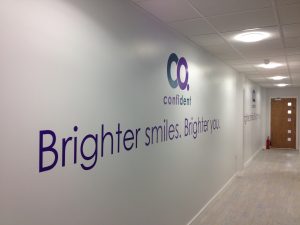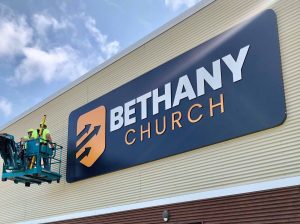Signage is more than just a sign; it’s an integral component of any business and can help your customers connect with your brand. A well-designed sign with a compelling message and eye-catching colors can attract new customers and increase your sales. However, you must ensure that your signage is effective and can achieve the goals you set for it. Fortunately, following a few simple tips can help your signage achieve its objectives. 
1. Focus on the Message
Effective Signage must be concise and easy to read in order to be effective. Too many details on a sign can confuse the reader and distract from the main message of the advertisement. It is important to rely on white space for the majority of the sign’s surface area. This will allow the words to be clearly visible from a distance and avoid distraction from background elements.
2. Keep the Message Concise
As much as we’d like to think that our attention spans are long, the reality is that they’re not. According to Microsoft’s 2015 study, the average human attention span is eight seconds – one second less than that of a goldfish. Signage is a glance medium; it must be easily understood at a glance and able to get your message across quickly. This means a high priority needs to be placed on simplicity: one message, one focus, and one response.
3. Use Visual Aids
A good way to make a sign more interesting is to use images, graphics, or a combination of both. These are often more eye-catching than just words, and they can help the viewer understand your message quickly. Using these elements on signs can help your audience relate to your message, and may even cause them to take action. This is why it’s important to choose the right image for your advertising.
4. Use the Right Colors
The colors on your sign need to be contrasting in order to be readable at a glance. Yellow on white is difficult to read from a distance, and it’s best to use bright colors that stand out from the background. It’s also a good idea to test different color combinations in advance to find out what works best for your sign.
5. Consider Branding
Signage should be consistent with your branding to create a cohesive identity that will resonate with consumers. Signage is a great opportunity to reinforce your branding, and it’s important that your signs are consistent with the rest of your marketing materials in order to create a unified and memorable identity for your business.
In addition, it’s essential to consider the location and marketplace when designing your signage. For example, signs in a high traffic area need to be large enough to catch the attention of passersby, while indoor signs should be carefully placed so that they’re easily visible to your target market.

